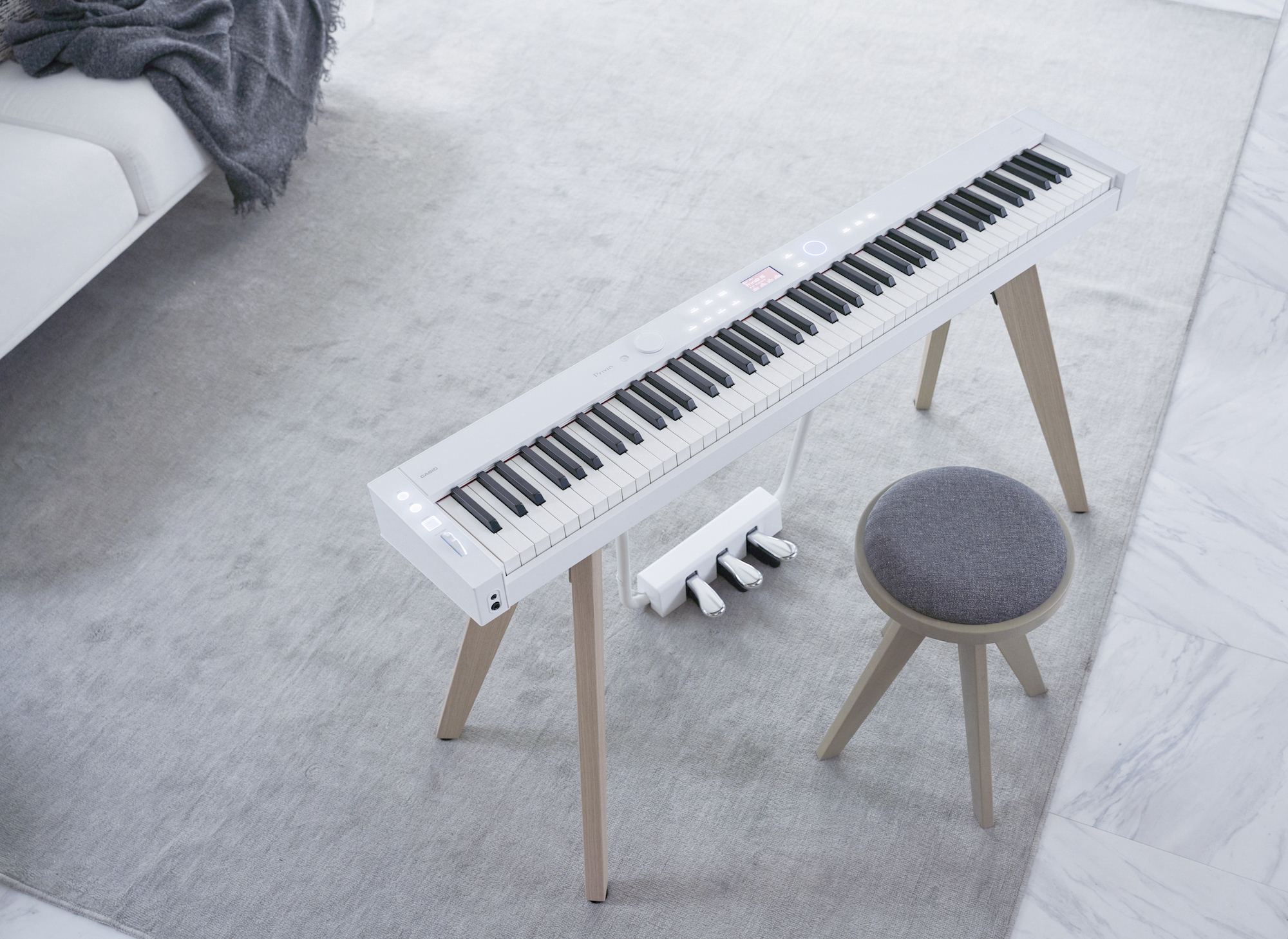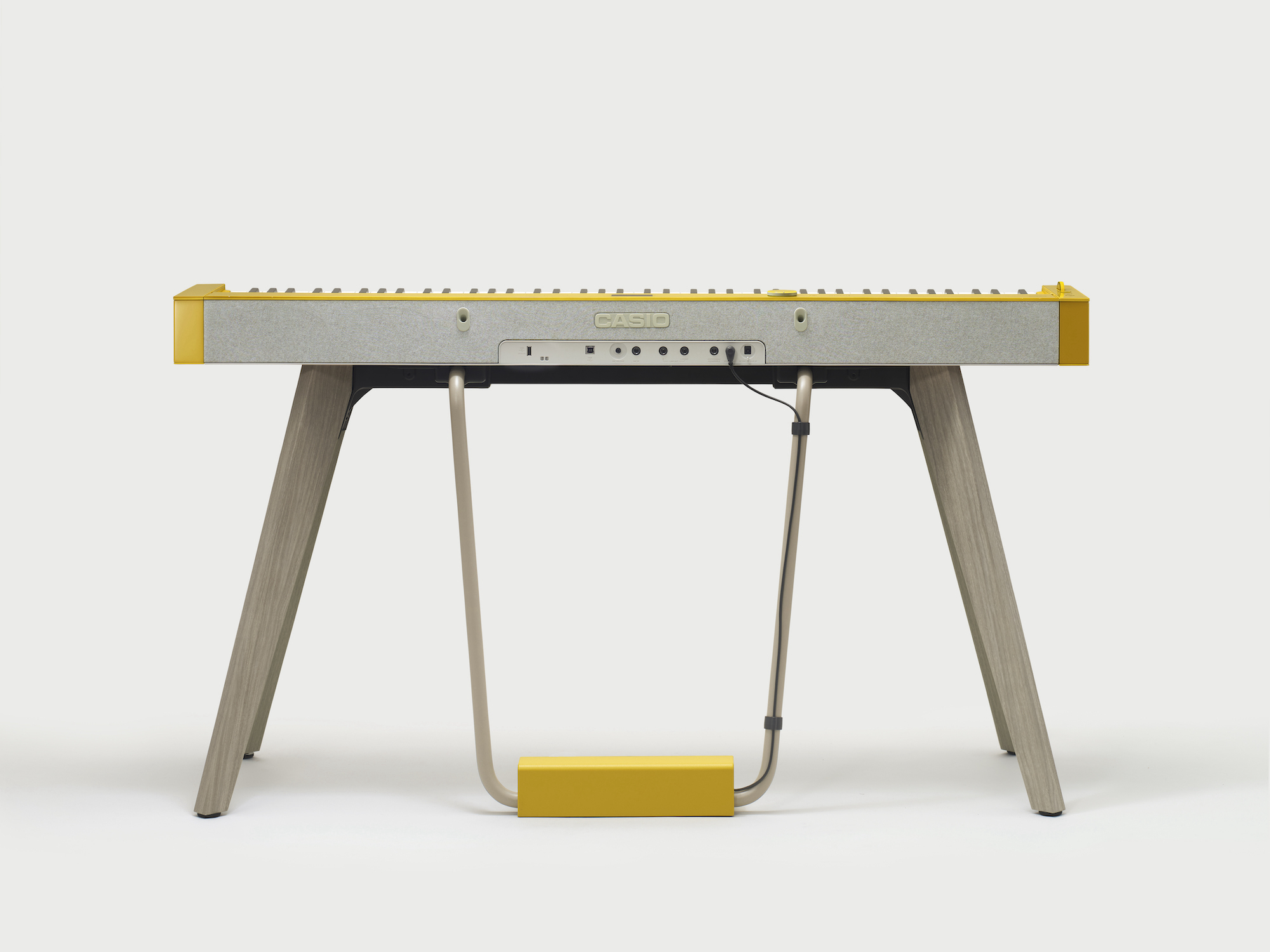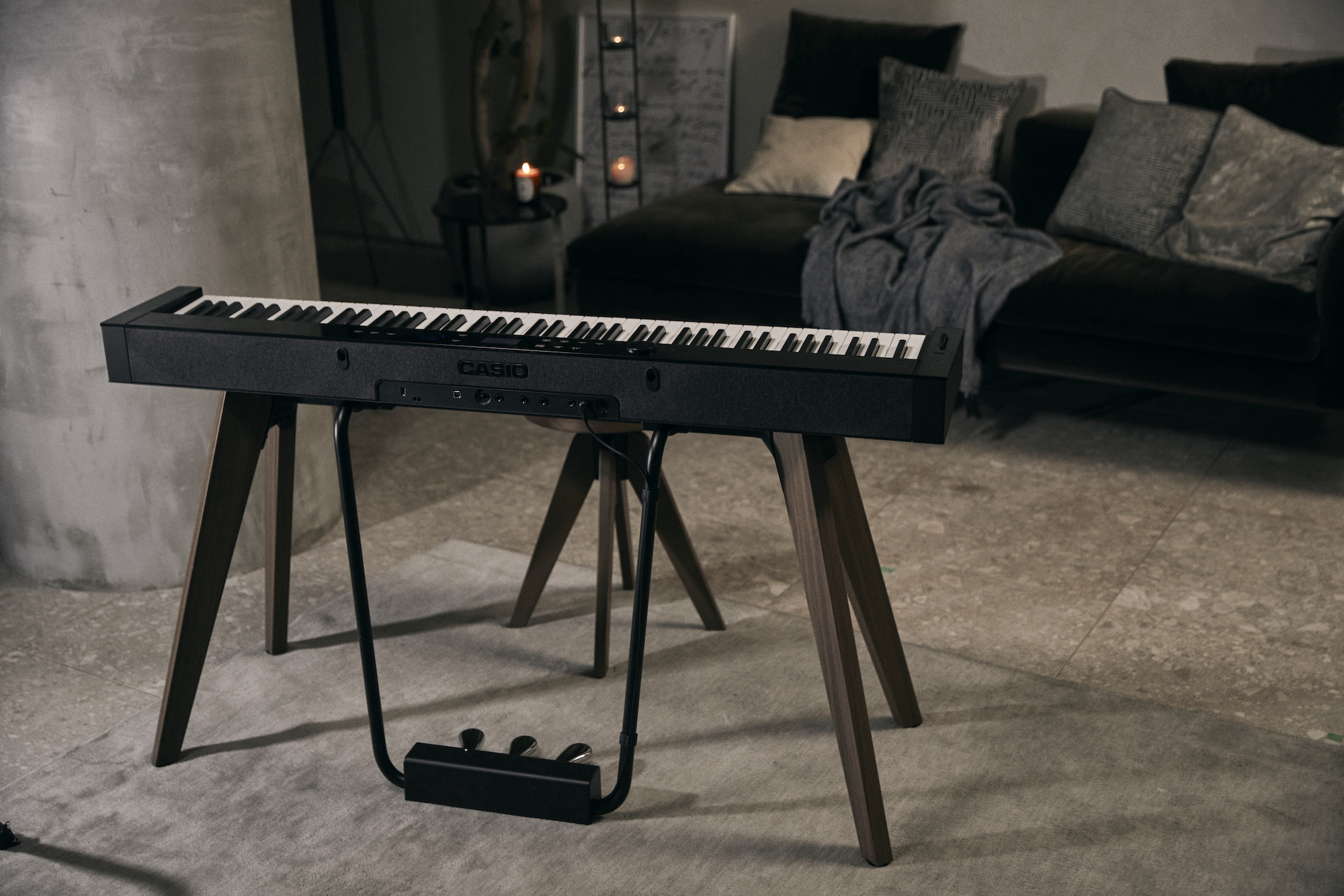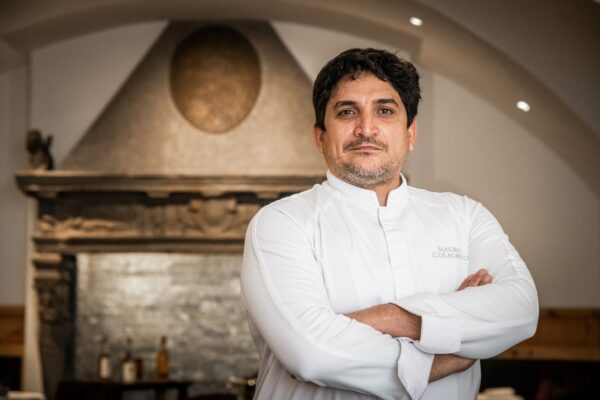Quality, innovation and – by god, in this case – style. Casio’s reputation precedes it when it comes to its product development and, crucially, its product refinement. Their first electronic keyboard, The Casiotone CT-201, was birthed by Toshio Kashio and his team in January 1980. As was indicative of the style stakes at the time, the gentlemanly pipe-smoking Kashio encased the CT-201 in wood and allowed the natural grain to remain. It weighed about seven kilos, was almost a metre long and recreated 29 different instruments. Of course, I want one.
The goal of the project? To convey to people the joys of music. To democratise it. To give the masses, regardless of their country, generation or skill level the pleasure of playing musical instruments. Toshio was, of course, a music lover – he simply wanted to reproduce the sounds of a range of instruments that were typically very difficult to play and master. His philosophy of inventing was “creating something from nothing, something never seen before.” I doubt Kashio could have imagined the impact the company’s keyboards, pianos and synthesisers would go on to have.
READ THE FEATURE IN THE ALICIA AGNESON EDITION HERE
It was the pocket-sized VL-1, or VL-Tone that really cemented Casio’s place in musical history. The VL-1 came with five instrument settings, pre-programmed rhythms, could play up to 100 different notes and gave the user the ability to alter the pitch within two-and-a-half octaves. You could even record your tracks and plug the whole system into an amp or hifi. It was lauded by The Human League, Lady Gaga and Depeche Mode, and gave birth to the SK-1, the MT-30 and MT-500 that in turn gave us the Sleng Teng beat and the chord sequence to Pulp’s Common People.
Casio has continued to introduce new technology and features to its keyboards and pianos over the years; the Tri-sensor Scaled Hammer Action Keyboard II and the AiR Sound Source are but a few from a long list. However, it’s their flagship Privia PX-S7000 that caught The Review team’s eye this year. Aesthetically we’ve never seen anything quite like it. It’s a statement piece by all definitions, a true work of craftsmanship breaking new ground in digital piano design. Clean lines, incredible acoustics, it’s an instant heavy hitter in the high-end digital piano market. Those are just some of the reasons why we decided to put the Privia PX-S7000 in the hands of virtuoso Stephen Sims for our latest shoot with the Lamborghini Aventador LP 780-4 Ultimae.
Having worked with Sony composer, producer and singer Stephen on numerous productions over the last decade, I can confidently say our Composer – Producer relationship is unique. He’s one of the few Music Producers I make time to work on post-production with in person.

Stephen’s brief wasn’t exactly lightweight for the Lamborghini trailer edit. Not because of the compositional elements, but more because of the sheer weight of the release from the team in Sant’Agata. After all, The Ultimae is Lamborghini’s last V12 naturally aspirated dance. The final 12-cylinder mid-engined Italian supercar from the raging bull. This incarnation puts out 780bhp; it is the Alpha and the Omega, the very definition of retiring at the top. It’s final time on camera needed something particular, to put it mildly.
So, as a true proponent of letting the creatives create, we sat down with Stephen during the scoring of the trailer on the Casio Privia PX-S7000 to take some cliff notes.
Stephen, can you tell us how you got into the music industry?
When I was 18 I was very lucky and I got signed to a development deal. I moved to London and that’s where I really started to learn my craft and seriously started to play the piano. I was working with different people, collaborating and writing. That sparked the production side of it; working in studios with different producers and actually understanding the craft behind it.
I know that over the years you’ve worked with some incredible people and for an array of productions. Can I ask you to be momentarily less than modest, and share some with us?
I can try. I have written for Eurovision. Played live for Elton John. Had global chart placements. Written award-winning short film scores. Performed at the troubadour and the Millennium Stadium, amongst many others. I’ve also recorded session vocals for global live TV talent shows, and lead vocals for national advertising campaigns.

I think it’s a greatest-hits list to be proud of, personally. The closest I get to playing live is attending the Mercury Music Awards. I convince you more than most to tickle the ivories at every social occasion – but was your first instrument even a Piano?
The first instrument I started playing when I was 16 was a small Casio keyboard, actually. Fitting. It was my first introduction to playing the piano. Getting it for my 16th birthday certainly sparked my interest, and I started to write and then sing, and it obviously started a career. I began going out and playing live gigs a few years later.
So yes, the piano is really important to me, because it’s the first base. Before I do anything, before I sing, before I add arrangement or orchestration or additional instruments. It’s the first building block to creating a chord structure and then a melody, and with that I add different elements – be it a pop song or an orchestral piece.
I wasn’t there when the Privia PX-S7000 actually arrived. What were your thoughts when you opened it?
I think my first thoughts were how beautiful it was. It felt like a piece of furniture and looked so good in the room. It’s contemporary, it’s modern and I think it’s going to be a really strong piece of design that people are going to want to put in their homes.

Talk me through some of the functions that really resonated with you.
One, it’s great as a MIDI controller. I think the sample packs for playing live are great, you’ve got a real range from strings to organs. The arpeggiator is something that’s a really welcome addition, and one that shows they’ve thought through the needs of the musician. What are yours?
I think the touch-sensitive buttons and LED touch ring do it for me. The Spatial Sound System is also really impressive. I spent a lot of time going through the surround functions and the room simulations. The matched acoustic characteristics of concert halls and performance spaces is pretty unique. But I’m coming from an acoustic perspective as I am not classically trained in the slightest. So what is your stand-out element from a musician’s point of view?
The thing I love about this piano – and that’s really important for me – is the fact that it has weighted spruce composite wooden keys. That Smart hybrid hammer action is so critical when it comes to dynamics, and it’s so important when you’re playing. People don’t realise that the emotion of the piece is not just the notes you’re playing, it’s not just the timing – it’s the feeling that you’re putting into it. When you’re playing with something like this, because of the weight of the keys, it’s just that much more expressive. The final sound has a really warm, rich timbre to it.
I know we’re filming a whole BTS about the scoring but can you talk me through your process for this piece. What was your approach given the short runtime of the trailer?
My process for writing the Lamborghini piece is part of the reason it works so well with the film. It starts off musically very, very simply, and then we build. I wanted to have a consistent rhythm that was percussive but wasn’t adding percussion. I wrote the key in D minor – I like writing in minor keys because we’re talking about a car, and it’s gaining speed; I love that it has that darker sound to it.

